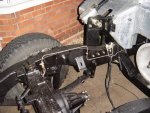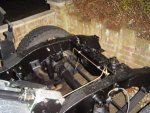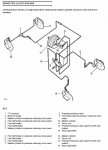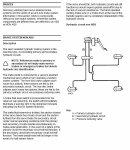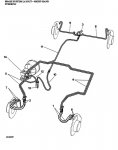That looks good. My U-joint angle is quite different. Als my shackles are leaning back far more than on his. I guess my front end is a fair bit heavier due to the Toy engine and gearbox.
Anyway. The front axle is fitted..finally!
I had a fair amount of setbacks with this one..
People say that you need a 22-25mm spacer between the axle and the spring. Well, is that with or without the mount??? I found out, the hard way, that that is without the mount.
Add 25mm to the 20mm (more or less) thickness of the mount and you get 45mm, I made the mount 50mm. Bad move... After lots of fiddling, measuring, grinding and welding I lowered the front end back on its wheels and......it sat incredibly low. I could only put about 3 fingers between the top of the wheel and the wing.. It sat about 1.5cm from the bumpstops.. Not good!
So, after more ,measuring, swearing, grinding, welding, grinding, measuring, more swearing I made the springmount 25mm high, just like in the back.
Fitted the axle and guess what. The trackrod cleared the springs..just.. But, that's all I needed.
Castor angle is now set at 5degrees. I did this because it lowers the diffnose a bit, the propshaft comes awefully close to my oilfilter. But I've already ordered a smaller one. This one is 140mm tall, the new one only 100mm.
And I don't think the extra 2 degrees of castor angle will do that much.
It's looking good. I'm happy. Making the mount less tall raised the front end again. The left side got raised by 2cm compared to before. The other side sits higher. The Landy is leaning to the left, always have done. Must be because of the heavy engine and gearbox that's offside to the left. Plus the tray with 3 batteries on the place of the underseat tank..
Anyway, here's some pics.

























